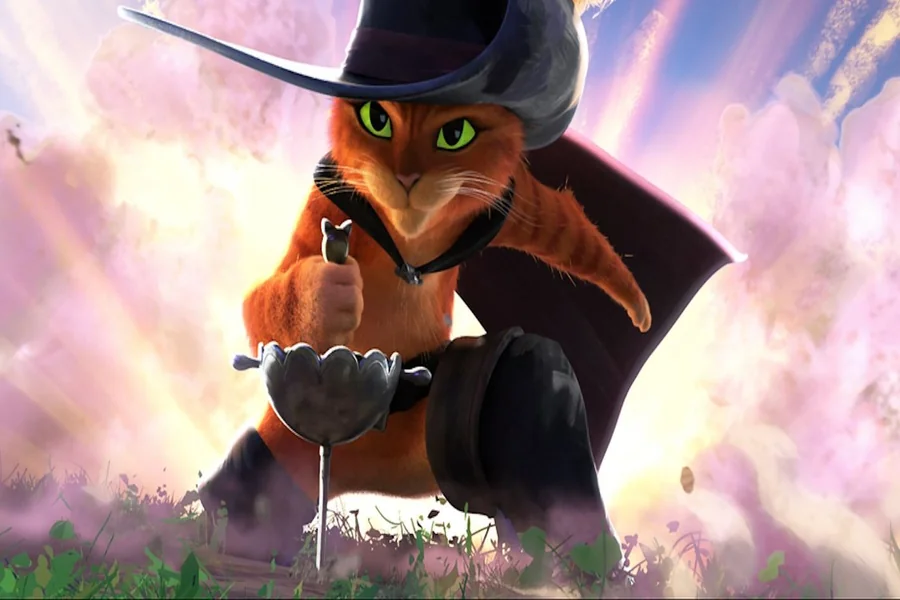Animation has evolved far beyond its early days of simple cartoons, becoming a powerful medium that transforms storytelling across cultures and generations. By blending artistry, technology, and imagination, animation allows creators to explore stories in ways live-action sometimes cannot. This unique ability has reshaped narrative forms, emotional depth, and audience engagement, making animation a vital force in modern storytelling.
Breaking the Boundaries of Reality
One of animation’s greatest strengths is its ability to depict worlds and characters unrestricted by the laws of physics or reality. From fantastical creatures and imaginary landscapes to abstract concepts, animation brings to life stories that would be impossible or prohibitively expensive to produce with live actors and sets. This freedom expands the scope of storytelling, enabling creators to explore surreal, mythical, or futuristic themes vividly.
Diverse Styles and Techniques
Animation offers an incredible range of artistic styles, from hand-drawn 2D cartoons to sophisticated 3D computer-generated imagery (CGI), stop-motion, and experimental mixed media. Each style conveys different moods and tones, allowing storytellers to tailor the visual experience to the narrative. For example, Pixar’s photorealistic animations evoke emotional realism, while stylized Japanese anime can create heightened dramatic or fantastical effects.
Emotional Resonance and Universal Appeal
Despite being often associated with children’s entertainment, animation delivers profound emotional resonance for audiences of all ages. Through expressive character design, vibrant colors, and creative storytelling, animated films and series tackle complex themes such as identity, loss, friendship, and social issues. Stories like Inside Out, Spirited Away, and Coco resonate universally, proving animation’s power to connect deeply with viewers.
Enabling Inclusive and Global Storytelling
Animation transcends language and cultural barriers more easily than live-action. Visual storytelling through animation allows diverse cultures to share their folklore, traditions, and contemporary experiences with global audiences. This inclusivity enriches storytelling by presenting varied perspectives and fostering cross-cultural understanding.
Technological Advancements Driving Innovation
Advances in animation technology have dramatically enhanced storytelling capabilities. Computer-generated animation enables highly detailed and dynamic scenes, realistic textures, and lifelike movements. Motion capture technology bridges the gap between live performance and animation, adding subtlety to character expressions. These innovations allow storytellers to craft immersive narratives that captivate modern audiences.
Impact on Other Media and Entertainment Forms
Animation’s storytelling techniques have influenced other media, including video games, advertising, and virtual reality experiences. Interactive storytelling in games borrows narrative strategies from animation, creating engaging plotlines and character development. Animated commercials and VR content use visual creativity to communicate messages effectively.
Conclusion
Animation has transformed storytelling by expanding creative possibilities, deepening emotional engagement, and fostering global cultural exchange. Its blend of art and technology continues to evolve, pushing narrative boundaries and redefining how stories are told and experienced. As animation grows in popularity and sophistication, its role in shaping the future of storytelling remains undeniable.





